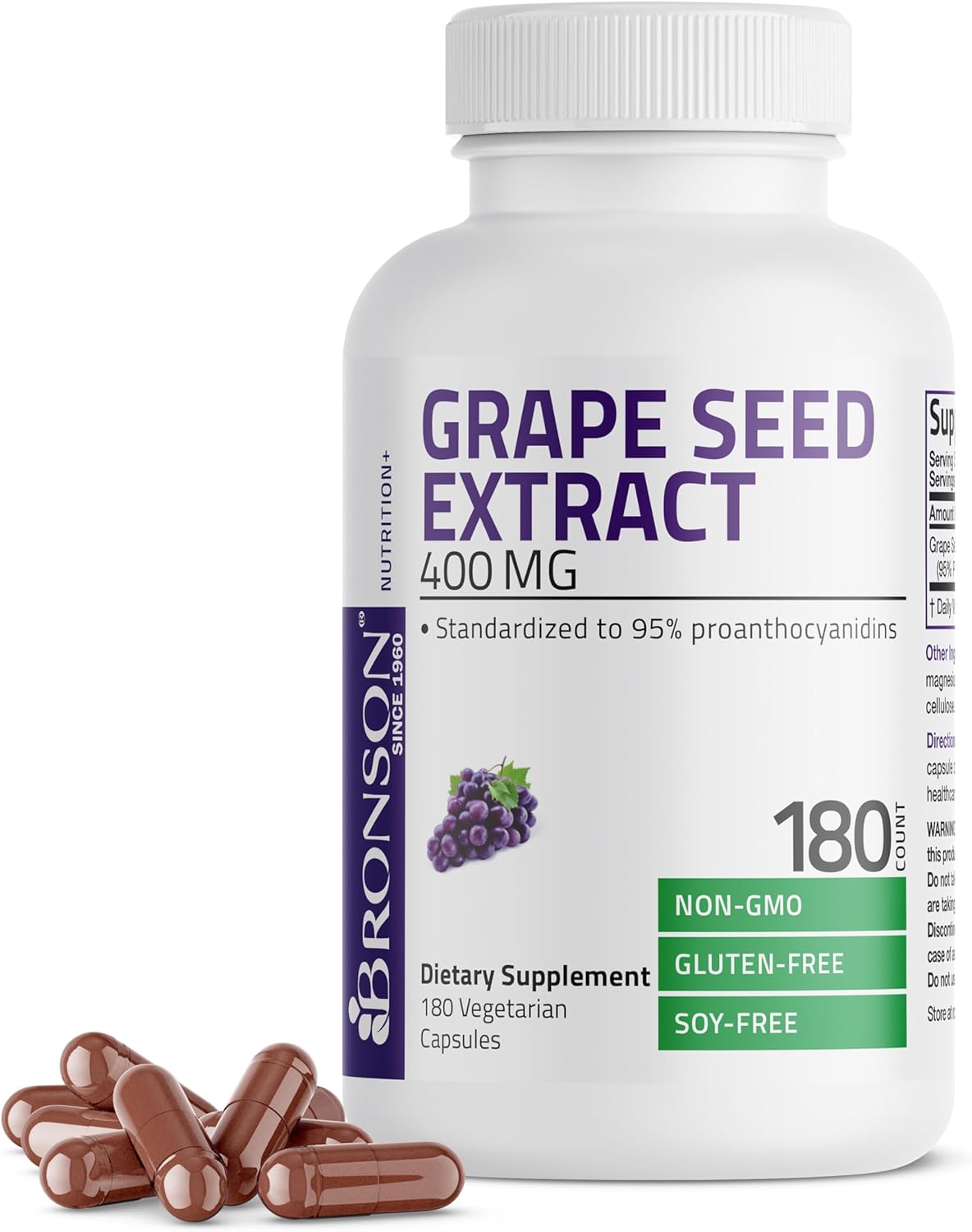Can you take Alpha-Carotene and R-lipoic acid together?
Interaction Details
Taking Alpha-Carotene and R-lipoic acid together has the potential for significant synergy due to their antioxidant properties, suggesting a rating of 4 out of 5.
Alpha-Carotene, a carotenoid found in various vegetables, acts as an antioxidant, potentially protecting cells from damage. R-lipoic acid, an antioxidant, plays a role in energy metabolism and has been shown to regenerate other antioxidants, such as vitamin C and E. The combination of these two antioxidants could enhance their individual effects, providing comprehensive protection against oxidative stress. This synergy might be beneficial in reducing the risk of chronic diseases such as heart disease and certain cancers. The exact mechanisms of their interaction are complex and involve enhancing the body's antioxidant capacity.
Potential Benefits
Potential Risks
Alpha-Carotene
Alpha-Carotene is a type of carotenoid, an antioxidant found in various fruits and vegetables, including carrots, sweet potatoes, and spinach. It is a precursor to vitamin A and has been shown to have various health benefits.
R-lipoic acid
R-lipoic acid is a potent antioxidant supplement, an isomer of alpha-lipoic acid, with potentially better bioavailability. It plays a role in energy production and can help protect against cell damage.
